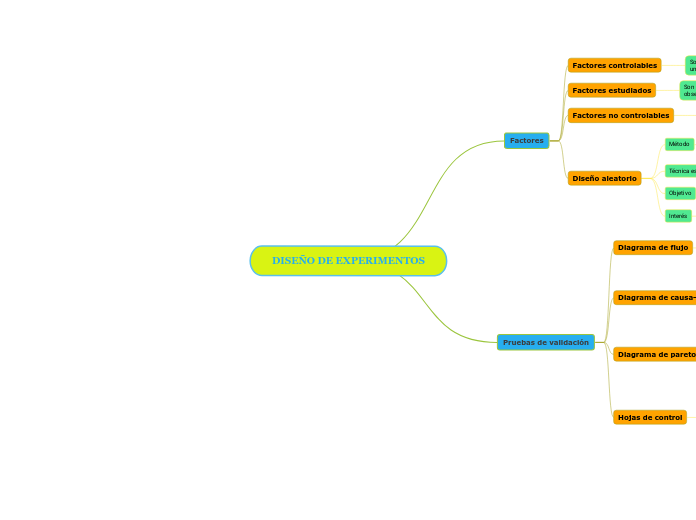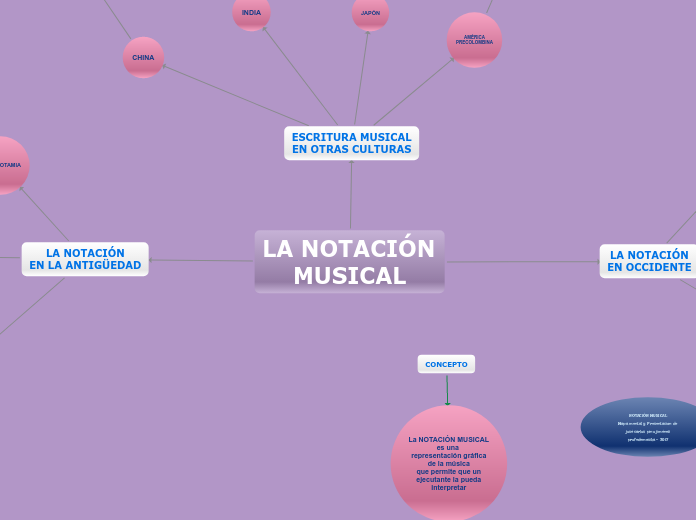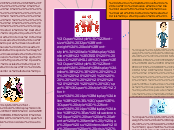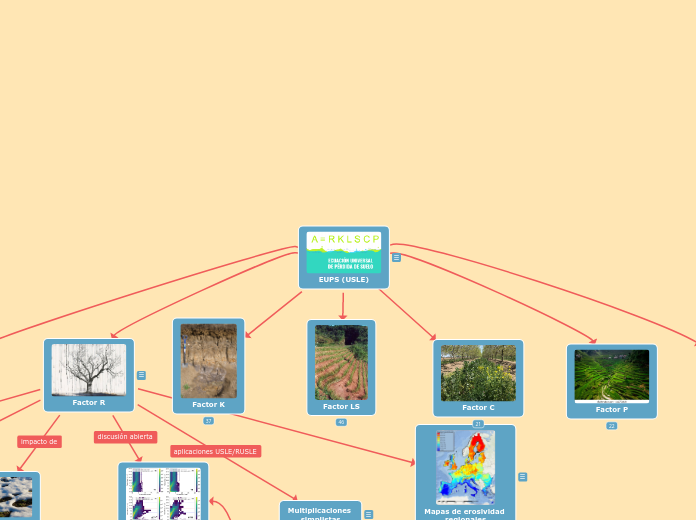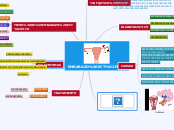DISEÑO DE EXPERIMENTOS
Tenses demonstrate the time of actions centered around the subject of the sentence. These actions are called verbs and change according to tenses.
Pruebas de validación
There are four Past tenses:
- Past Simple
- Past Continuous
- Past Perfect Simple
- Past Perfect Continuous
Hojas de control
Past Perfect Continuous is used:
- for an action that started in the past and continued up to another point in the past
- to show cause and effect
Some adverbs used with Past Perfect Continuous:
- since (e.g. since yesterday)
- for (e.g. for 10 years, for 6 months)
Permiten realizar seguimientos en el proceso de resolución de problemas, sus objetivos principales de manera general son, Facilitar la recolección de datos
Structure:
Subject + had been + Verb-ING
e.g. They had been talking for over an hour before I arrived.
Proporciona datos fáciles de comprender.
Reflejan rápidamente las tendencias y patrones derivados de los datos.
Proporciona registros históricos.
Facilita el inicio del pensamiento estadístico.
Ayuda a traducir las opiniones en hechos y datos
Type in your own examples or you can also choose from the examples below.
Form of verb 'to be':
I had been beingYou had been beingHe/She/It had been beingWe had been beingYou had been beingThey had been being
Form of verb 'to have':
I had been havingYou had been havingHe/She/It had been havingWe had been havingYou had been havingThey had been having
Diagrama de pareto
Past Perfect Simple is used for:
- an action that began in the past and is still going on at the moment of speaking
- an action that continued before and after another action
- a change of mind
- an action happening repeatedly in the past
The Past Perfect tense is not normally used alone. It is used to denote the earlier of two past actions. We use Past Simple for the latter action.
Some adverbs used with Past Perfect Simple:
- already, before, ever, never
- once, twice, yet
- just, up to then
- for, since
Permite determinar irregularidades de una organización, identificar sus puntos de mejora y definir cuál plan de acción es primordial para atacar sus pérdidas
Structure:
Had + Subject + Past Participle?
e.g. Had they met Sarah before the party?
Ayuda a concentrarse en las causas que tendrán mayor impacto en caso de ser resueltas.
Proporciona una visión simple y rápida de la importancia relativa de los problemas.
Ayuda a evitar que se empeoren algunas causas al tratar de solucionar otras y ser resueltas
Type in your own examples or you can also choose from the examples below.
Form of word "to be":
Had I been?Had you been?Had he/she/it been?Had we been?Had you been?Had they been?
Form of word "to have":
Had I had?Had you had?Had he/she/it had?Had we had?Had you had?Had they had?
Diagrama de causa-efecto
Past Continuous is used for:
- an action that happened before another action in the past
- an action that started in the past and continued up to a given time in the past
- an action done several times up to a point in the past and continued to do after that point
- an action that happened in the past but is important at the time of reporting
Some adverbs used with Past Continuous:
- always, only, never, ever, still, just
El objetivo es detectar todas las posibles causas de un determinado problema o defecto
Structure:
Was/ were + Verb-ING?
e.g. Were you studying when she called?
Mejoras de los procesos;
Identificación de causas;
Jerarquización de las causas encontradas;
Mayor visibilidad de los problemas;
Registro visual, facilitando análisis futuros;
Participación del equipo en la gerencia de calidad;
Organización de ideas;
Trabajo en equipo.
Type in your own examples or you can also choose from the examples below.
Form of word "to be":
Was I being?Were you being?Was he/she/it being?Were we being?Were you being?Were they being?
Form of word "to have":
Was I having?Were you having?Was he/she/it having?Were we having?Were you having?Were they having?
Diagrama de flujo
Past simple expresses:
- an action that happened in the past and has no connection with the present
- an action that happened once in the past
- an action that happened regularly in the past
- an action that was true for some time in the past
- an event or action that already occurred
- an action that is finite - has both a starting and a stopping point
Some adverbs used with Past Simple:
- yesterday
- last month, last year
- ago (e.g. two days ago)
- in (e.g. in 1997)
- never, always, seldom, often, frequently, occasionally, once, twice
Representar la secuencia de las actividades en un proceso, se utiliza en disciplinas como programación, economía, procesos industriales y psicología cognitiva.
Structure:
Did + subject + Base Form of the Verb?
e.g. Where did you meet her?
Ayudan a ilustrar modelos y a conectar ideas.
Favorecen la comprensión del proceso.
Permiten identificar los problemas y las oportunidades de mejora del proceso
Type in your own examples or you can also choose from the examples below.
Form of word "to be":
Was I?Were you?Was he/she/it?Were we?Were you?Were they?
Form of word "to have":
Did I have?Did you have?Did he/she/it have?Did we have?Did you have?Did they have?
Factores
There are four Present tenses:
- Present Simple
- Present Continuous
- Present Perfect
- Present Perfect Continuous
Diseño aleatorio
Present Continuous is used to indicate the ongoing time (now).
Some adverbs used with Present Continuous:
- now, right now
- at this moment
- at the moment
- continually
- perpetually
- this year
- this season
- forever
Interés
Un solo factor con varios niveles
Objetivo
Structure:
BE + Subject + Verb-ING?
Are you eating now?
Comparare varios grupos o tratamientos
Type in your own examples or you can also choose from the examples below.
Form of word "to be":
Am I being?Are you being?Is he/she/it being?Are we being?Are you being?Are they being?
Form of word "to have":
Am I having?Are you having?Is he/she/it having?Are we having?Are you having?Are they having?
Técnica estadística
Structure:
Subject + BE not + Verb-ING
e.g. You are not eating now.
Análisis de varianza de un factor
Type in your own examples or you can also choose from the examples below.
Form of word "to be":
I am not beingYou are not beingHe/She/It is not beingWe are not beingYou are not beingThey are not being
Form of word "to have":
I am not havingYou are not havingHe/She/It is not havingWe are not havingYou are not havingThey are not having
Método
Structure:
Subject + BE (am/is/are) + Verb-ING
e.g. You are eating now.
Descomposición de varianza total de un experimento
en componentes independientes
Type in your own examples or you can also choose from the examples below.
Form of verb 'to be':
I am beingYou are beingHe/She/It is beingWe are beingYou are beingThey are being
Form of verb 'to have':
I am havingYou are havingHe/She/It is havingWe are havingYou are havingThey are having
Factores no controlables
Present Perfect Continuous is used:
- to describe an action that started in the past and has continued up to the present
- to describe an action that has just finished
Some adverbs used with Present Perfect Continuous:
- always
- only
- never
- ever
- still
- just
Son variables que no se pueden controlar durante la operación normal del proceso
Structure:
Have/ has + Subject + been Verb-ING?
e.g. How long has he been learning German?
Factores estudiados
Son las variables que se investigan en el experimento para observar cómo afectan o influyen en la variable de respuesta
Factores controlables
Present Perfect is used for:
- an action that occurred at a time which is indefinite and has its effect on the subject
- an action that occurred many times and has the possibility to occur in the present/future
- an action that began in the past and is still going on in the present
Some adverbs used with Present Perfect:
- just
- already
- yet
- for
- never/ever
- up to now
Son variables del proceso que se pueden fijar en un punto o en un nivel de operación
